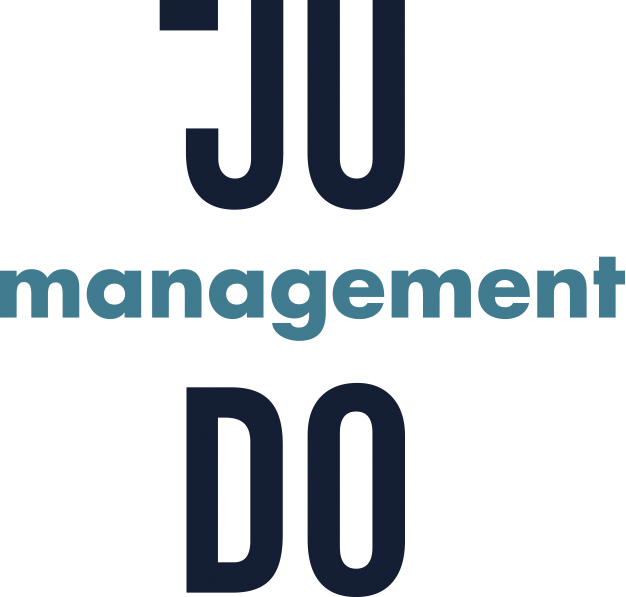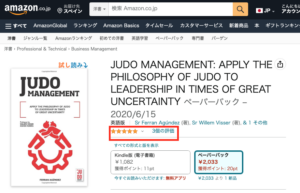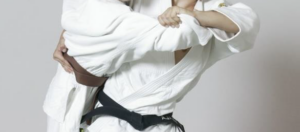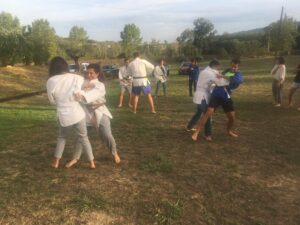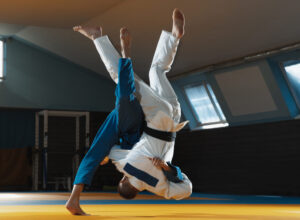In judo training it is important to distinguish the different training periods.
It is very difficult to make an annual training program and because of so many important competitions during the year it is becoming much more difficult. Difficult because of technical, physical and mental aspects. And complicated because all individual judoka have their own ambition and aims (see also ‘Top class phase’ in which one can read that this phase is mainly individually targeted.) The ‘standard competition training gives possibilities to implement individual targets of the judoka.
In this article I give, the following remarks the coach can use for making the annual program for a group of athletes or for an individual athlete.
– Ideal image of judo;
– Individual needs of the judoka;
– Statistical conclusions from last season’s data;
– National and international developments.
In the general preparation period the general and basic condition training takes place.
The general condition training has as target improvement of the fundamental physical qualities with an average magnitude and a low intensity.
The basic condition training has as target improvement of the fundamental physical qualities and improvement of the motor and psychological skills. The magnitude increases (till high) and the intensity stays average till low.
The specific preparation period strengthened the sport specific, functional physical qualities, the basic and complex motor skills and the more specific psychological skills.
The high magnitude decreases till average and the intensity increases till average – high.
In the preparation of competition period one has to maintain the physical qualities, much attention has to be paid to individual extension: technical, tactical and strategic.
In this period one has to train with an average to high intensity and an average magnitude.
The preparation matches are sharply evaluated and learn from it; in practise attention will be made to the gained information.
The preparation of competition and the actual competition period is known for the even more individual orientated practises, concentration and competition motivation. In terms of practise targets one can speak of optimal burden.
The actual competition period is the same as the preparation of competition period. There is an optimal burden in terms of competition targets.
At the end of a competition period follows a transition period. The magnitude decreases to average with a low intensity and the basic motor skills, tactics and fundamental physical qualities are trained.
After this period further phase out of practise occurs and there is some space for recreational sports and other things.
Willem Visser, Executive coach, Strategic Adviser, International Lecturer 8th Dan Judo IJF
With gratitude to all my teachers, specialists, colleagues and especially all the judoka that I was allowed to guide and to coach.
Sources and inspiring professionals: Van der Horst, Cobben, Abe, Saitoh, Yamashita, Uemura, Sugawara, Murata, Hosokawa, Komata, Takahashi, Nakamura, Kasuga, Kawashima, Kariya, Brousse, Besson, Rougé, Ruska, Geesink, de Cree, Barta, Vachun, Viser, Lascau, McConnell, Snijders, Sins, Hoogendijk, Boersma, Odinot, van Dijk, Klok and many others.
Top image: David Roca 7th Dan Judo. Club Judo Moia and Centre de Tecnificació del Bages i Moianés.
